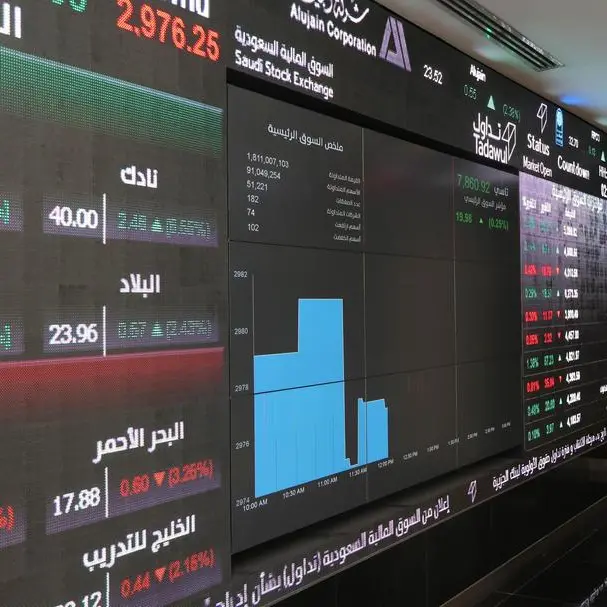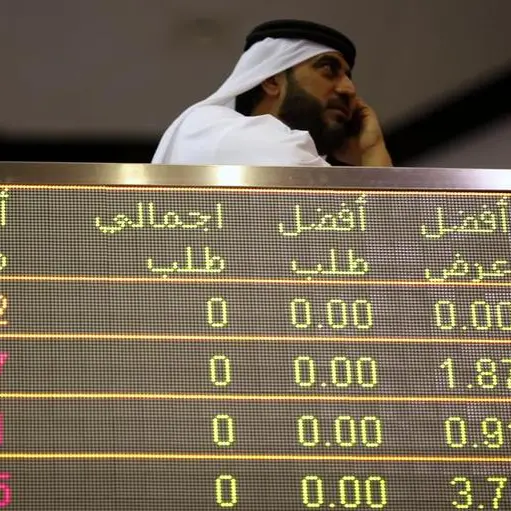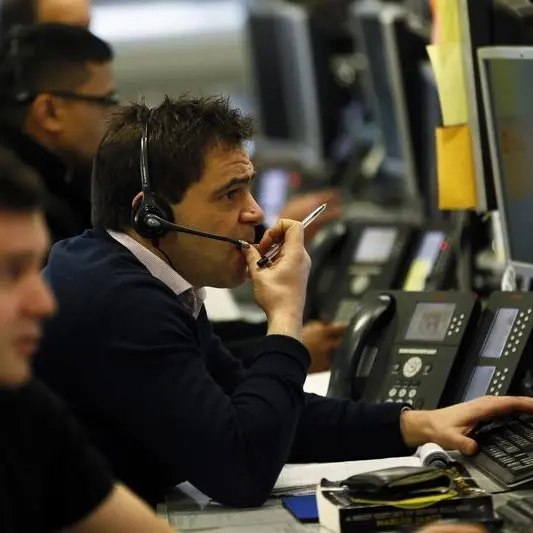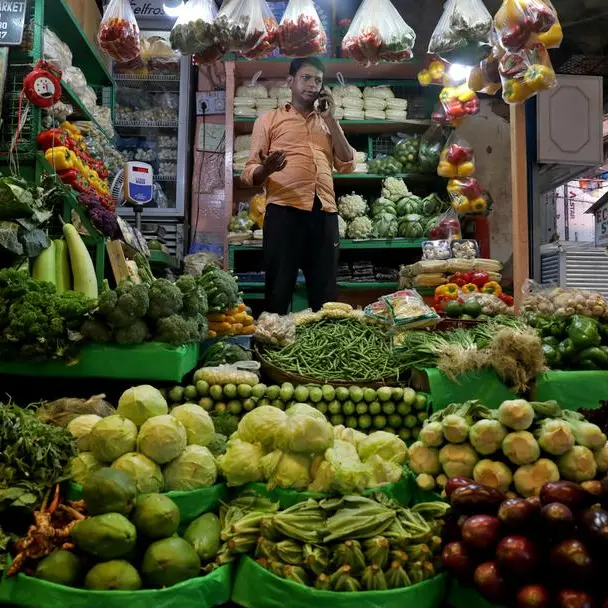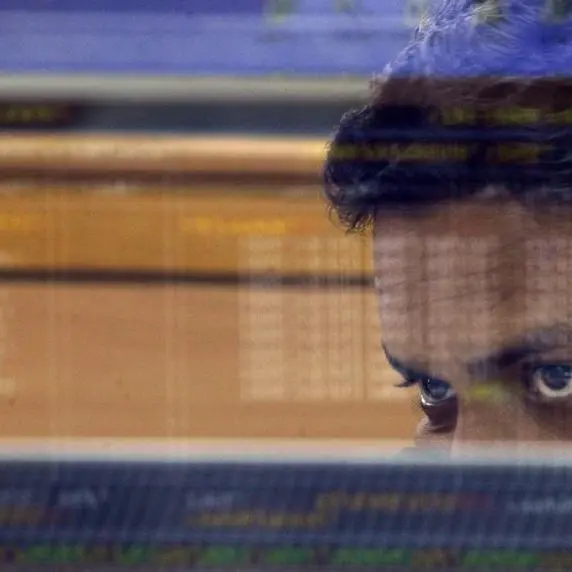Welcome to Zawya Markets. Each Sunday we will be featuring an interview with a different analyst or markets expert from around the region.
If you would like to participate please email gerard.aoun@refinitiv.com.
1) What is the outlook for the sukuk industry in the GCC and what are the key trends?
Tightening liquidity conditions worldwide, high geopolitical risks in the Middle East, and challenges inherent to sukuk issuance will likely dampen sukuk market performance in 2019. We anticipate total issuance of $105 billion-$115 billion ($28 billion-$32 billion for foreign currency issuances and $57 billion-$63 billion for local currency issuances, excluding reopening of instruments) this year. Last year, new sukuk issuance totaled around $91.4 billion ($114.8 billion including reopening, which consists of issuances under local currency unlimited programs) compared with $95.7 billion in 2017 ($120.6 billion with reopening). The decrease was even more visible, at 15.1 percent, for foreign currency sukuk issuance, primarily in U.S. dollars. The marked drop in issuance in Saudi Arabia and Qatar were partly offset by issuances from the Central Bank of Kuwait and a hike in private-sector issuances in the United Arab Emirates. Activity in Malaysia, and to a lesser extent Indonesia, continued to support the market, contributing collectively to around 52 percent of new issuance in 2018. Issuers in Turkey also stepped up their issuances to diversify their investor bases amid substantial reliance on external debt and reduced access to global capital markets in the second half of the year.
2) What are the challenges facing the sukuk industry and in which sectors do opportunities lie?
Firstly, global liquidity tightening will continue, and the economic cycle could turn downward. European and U.S.-based investors generally account for around one-quarter to one-third of sukuk holders. We expect that, as in 2018, major central banks will continue to close the liquidity tap this year, albeit gradually, leaving investors with less funding to invest in sukuk. Overall, we think issuers' cost of funding will keep rising, and liquidity from developed markets channeled to the sukuk market will continue to reduce and become more expensive. Investors are also concerned about the economic cycle after a long period of expansion. At some point, the cycle will turn and investors will become more risk averse. Secondly, high geopolitical risk is the new normal. Heightening geopolitical tensions in the region came back on investors' radar over the past 18 months. It started with the boycott of Qatar in early June 2017 by a group of Arab states, which, in our view, has reduced the cohesiveness of the GCC countries and complicated policy predictability. Developments in Saudi Arabia have also attracted investors' attention. What's more, the reinstatement of U.S. sanctions on Iran and continued animosity between Iran and some of its GCC neighbours are not helping investors' perception of risks. The potential de-escalation of hostilities in some countries in the region could help reduce concerns over the next 12 months. Thirdly, the complexity of sukuk issuance still deters some issuers. Sukuk standard-setting bodies agreed in the last quarter of 2018 to work together to devise a smoother issuance process. While this is a significant development, realising this goal is still far off. Ideally, the process for sukuk issuance should be as easy as that for issuing a conventional bond. Standard legal documents and standard Sharia rulings, allowing the issuer to plug in an underlying asset and tap the market, should become the norm, in our view. Today, and for the foreseeable future, the sukuk issuance process remains more complex than for conventional bonds, where issuers need to go through several additional steps such as identifying an underlying assets, choosing the most suitable structure, and putting together lengthy legal documents. Finally, oil prices will continue to drive much of the GCC's financing needs. We expect the Brent oil price to average $55 per barrel in 2019, so financing needs in the GCC are likely to increase this year, given that the oil price is lower than last year. However, many private-sector issuers in the GCC issued sukuk in 2018 to pre-finance upcoming maturities and prepare for more stressed capital market environments. Moreover, the complexity related to sukuk issuance might push some issuers to relegate sukuk issuance into second place.
3) Is there a gap between supply and demand for sukuk worldwide? If so, where are the greatest opportunities?
The gap between supply and demand remains and was estimated by Thomson Reuters at $221 billion in 2019 (from a 2017 sukuk perception and forecasts study). The greatest opportunity lies in making sukuk more appealing as an instrument to issuers and that could be achieved by having standardised sharia interpretation and legal documents.
4) What portion of global banking is represented by Islamic Finance? By how much do you expect the sector to grow in the next five years?
Islamic finance is a small fraction of the global financial system. We estimate the size of the industry at $2.1 trillion at the end of 2017, and growing by around 5 percent per annum for 2018-2019. It is difficult to provide longer forecasts as the Islamic finance industry is dispersed through several countries where growth dynamics might not be perfectly correlated.
5) What would the impact of fintech be on the Islamic finance sector? In what areas could it make the most difference? Could it help the sector be more competitive with conventional finance?
Market participants typically see fintech as a risk for the financial industry, but we think fintech could also help unlock new growth opportunities through faster execution and better traceability of transactions. According to a recent edition of "IFN Islamic Fintech Landscape," there were around 100 Islamic fintech companies. About 70 percent of these companies were active in financial services provision (such as money transfer, crowdfunding, and digital banking) and another 30 percent operate in technical infrastructure (IT, artificial intelligence, and robotics, among other things). Around 46 percent of these companies are based in Asia. Some (for example, crowdfunding companies) are likely to complement the current Islamic banking offer, while others could disrupt the mainstream Islamic finance institutions' businesses. We believe that fintech could help the industry in several ways:
- Ease and speed of transactions. This is particularly true for payment services, money transfer, and infrastructure facilitators. The Islamic finance industry can benefit from the possibilities fintech offers to enhance their services to clients and therefore their attractiveness within the industry, or compared with conventional finance. Technology could also reduce costs, allowing redeployment of staff to higher-added-value operations. An interesting example is the recent partnership of Noor Bank and UB QFPay, which together will launch new mobile solutions in the United Arab Emirates for secure payments from Chinese tourists.
- Traceability of transactions. Using blockchain could help reduce the industry's exposure to risks related to transaction security or identity theft. This use of blockchain technology is not unique to Islamic finance. In 2017, some Canadian banks announced similar initiatives in an effort to prevent fraud. Another example of using blockchain to enhance security and traceability of transactions is Emirates Islamic Bank's application of blockchain and quick response (QR) code technologies to reduce fraud. Some of the cheques it issues contain QR codes that are registered in a blockchain. Blockchain could also disrupt the sukuk industry by offering solutions that would respond to three main issues: traceability of the underlying assets, traceability of cash flows, and traceability of investors (and through smart contract protocols, helping decision making and speedy resolution).
- Greater accessibility of Islamic financial services. Fintech could also help the industry broaden its reach and tap new customer segments currently excluded from the banking system. For example, mobile banking for clients in remote areas, or provision of products such as crowdfunding for affordable housing or to small and midsize enterprises could provide new growth prospects. Beehive in Dubai or Invoice Wakalah in Pakistan are good examples of crowdfunding at work.
- Improved governance. Regtech could affect the Islamic finance industry in a positive manner through more robust tools to achieve compliance with regulations and Sharia requirements, assuming globally-agreed Sharia standards are in place. It could minimize the reputation risk related to a potential breach of Sharia requirements, and free up Sharia scholars to focus on innovation.
- A prerequisite for fintech's ability to enrich the Islamic finance industry is the implementation of the necessary supervision and regulatory framework. That is why several regulators/authorities in the GCC and elsewhere have launched incubators or specific regulatory sandboxes where fintech companies can test innovations in the real market, but in a restricted regulatory environment. We understand that GCC regulators are looking closely at fintech, not only from the perspective of potential disruption, but also from one of collaboration.
6) The United Arab Emirates has issued a law allowing the federal government to begin issuing sovereign debt, what can you tell us about the law? How might banks and financial markets in the UAE benefit from the new law?
The law would allow for the Federal government to issue sovereign bonds at the federal level. Banks might benefit from this law by having some high quality liquid assets (denominated in foreign or local currency). The market would benefit, as it would help to create a yield curve that can be used for benchmarking purposes for the pricing of other instruments in the Federation.
7) How does the adoption of Accounting and Auditing Organisation for Islamic Financial Institutions (AAOIFI) Shariah standards by the United Arab Emirates' Islamic finance industry help the sector?
It is a step in the right direction as it helps the standardization agenda and reduces the risk of different interpretation of Sharia or different structures of the products. Having said that, the AAOIFI needs also to be careful with the way it designs some of its standards.
8) Do you think there is a way for sukuk to be used in the growing market for green bonds? If so, how?
Green sukuk allow issuers to access not only the pool of conventional investors interested in green projects but also Islamic investors. Not only do conventional investors have interest, but many have revised their investment guidelines to incorporate socially responsible considerations. Issuers are also tempted by the significant shortfall of sukuk offerings compared with demand. Tapping the green sukuk market can therefore be an opportunity for issuers to target a wider pool of investors and exploit potential excess demand to their advantage, which could take the form of higher appetite, lower pricing, or longer maturity.
Green sukuk meet Islamic investors’ need to invest in instruments that are compliant with their beliefs. Also, they would benefit from the additional transparency that green sukuk bring regarding the use of proceeds, because by definition sukuk's underlying assets have to be clearly identified from the outset.
At this stage, green sukuk issuance remains sporadic, though we are of the view that significant opportunities exist. Energy demand is rising, the energy mix is changing and many countries have firm targets to use a higher percentage of renewable energy. For example, Dubai is targeting a renewables mix of 75 percent by 2050. Growing demand for more energy that is clean or renewable means that ASEAN and GCC countries will need to attract substantial amounts of investment in renewable energy projects over the next several years. While banks traditionally have taken a leading lender role in these countries in such projects, we expect some of these deals to find their way to the capital markets as sukuk or bonds. Nevertheless, to prosper, the green sukuk market needs a regulatory push. This could take the form of tax breaks or additional funded or unfunded enhancement mechanisms (for example, guarantees or offtake agreements).
9) Have lower oil prices boosted sukuk issuance? As governments look for alternative funding ways?
It depends on the country. When oil prices started to drop, a lot of market observers were expecting a significant increase in the volume of issuance of sukuk in 2016, arguing that GCC countries will step their issuances and tap the sukuk market. These countries instead tapped the conventional markets in 2016 and the sukuk market in 2017 (to a lesser extent) and that was primarily attributed to the complexity of the process of issuing sukuk when these countries needed funds fairly quickly.
10) Is there a worldwide strategy that you think should be implemented to boost investors’ acceptance/ knowledge of the industry?
I think investors need to understand more the risks involved in sukuk to avoid any surprises. Investors can lose money in some sukuk structures and have no legal recourses. S&P Global Ratings has been very vocal on the risks involved in the sukuk industry through our ratings of sukuk, regular publications on Islamic finance and our participation to conferences/trainings to enhance investors’ understanding of these instruments. When we rate a sukuk, for example, we usually publish a presale report that outlines our views on the risks involved and explains how we arrived at the rating.
(Editing by Gerard Aoun and Michael Fahy)
(gerard.aoun@refinitiv.com)
Any opinions expressed here are the author’s own.
If you would like to participate in the Zawya Markets Weekly Q&A please email gerard.aoun@thomsonreuters.com.
Our Standards: The Thomson Reuters Trust Principles
Disclaimer: This article is provided for informational purposes only. The content does not provide tax, legal or investment advice or opinion regarding the suitability, value or profitability of any particular security, portfolio or investment strategy. Read our full disclaimer policy here.
© Opinion 2019


